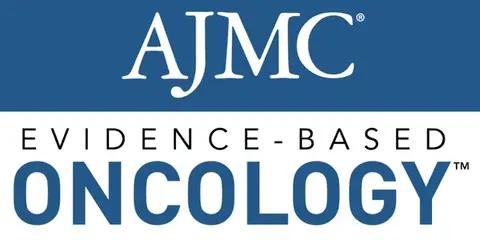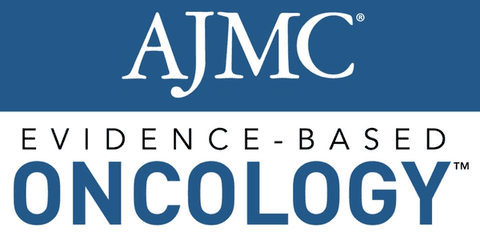Article
Study Tries to Pinpoint Factors Predicting Pain After Breast Cancer Surgery
Author(s):
As with other kinds of surgery, patients undergoing operations for breast cancer can experience persistent postsurgical pain, which can negatively affect quality of life. Researchers in Tokyo conducted a study to see if they could determine the predictive value and accuracy of an acute pain trajectory, measured by pain intensity at 1 day after the surgery and pain prevalence at 6 months later.
As with other kinds of surgery, patients undergoing operations for breast cancer can experience persistent postsurgical pain, which can negatively affect quality of life. Researchers in Tokyo conducted a study to see if they could determine the predictive value and accuracy of an acute pain trajectory, measured by pain intensity at 1 day after the surgery and pain prevalence at 6 months later.
Female patients scheduled for breast cancer surgery were eligible for this study. Patients were questioned about pain intensity daily during the 7 days after surgery. Presence of pain, its location, and its intensity, as well as responses to the Japanese version of the QoR-40 survey, which measures quality of recovery, were determined in an interview prior to surgery and at 6 months after the surgery.
Acute pain trajectory was determined by a group-based trajectory modeling (GBTM) analysis that was based on pain intensity at 1 to 7 days after surgery. GBTM is a statistical method that can be used to determine the number and characteristics of the trajectory clusters for individuals who will have a similar outcome progression over time. In this study, researchers used GBTM analysis to establish clusters of trajectories representing the progression of acute pain after breast cancer surgery. The 3-cluster model (mild, moderate, and severe pain) was considered to be the most statistically appropriate model for the acute pain trajectory.
A total of 123 participants completed the 6-month follow-up. Each patient underwent either breast-conserving surgery or a mastectomy. All patients underwent surgery while under general anesthesia. All patients treated with breast-conserving surgery underwent whole-breast irradiation. None of the patients received neuraxial or peripheral nerve blockade. Patients with a high risk of recurrence were treated with either pre- or postoperative chemotherapy.
Pain intensity at the site of surgery was assessed every day from 1 to 7 days after the surgery. All participants underwent postsurgical rehabilitation in order to facilitate arm movement by a physical therapist and/or nurse.
Predictive value of the acute pain trajectory for the presence of pain at 6 months after the surgery was assessed by a logistic regression model. The predictive value was compared with pain intensity at 1 day after the surgery. After 6 months, 51.2% and 8.9% of participants reported pain and severe pain, respectively.
The severe pain cluster in the acute pain trajectory was associated with the presence of pain at 6 months after the surgery (P <.001). The adjusted odds ratio of the severe pain cluster (9.40) was larger than that of the moderate pain cluster (2.31) (P <.001 and P = .092, respectively).
The authors said classification of patients according to the acute pain trajectory, when compared with the classification according to pain intensity at 1 day after the surgery, made it possible to predict with better precision those patients who will develop persistent postsurgical pain.
They also said that radiation therapy and chemotherapy have been previously recognized as risk factors for persistent pain after breast cancer surgery. In this study, radiation therapy but not chemotherapy was identified as an independent factor that was associated with pain at 6 months after surgery.
Reference
Okamoto A, Yamasaki M, Yokota I, et al. Classification of acute pain trajectory after breast cancer surgery identifies patients at risk for persistent pain: a prospective observational study. [published online October 5, 2018]. J Pain Res. doi: 10.2147/JPR.S171680.





